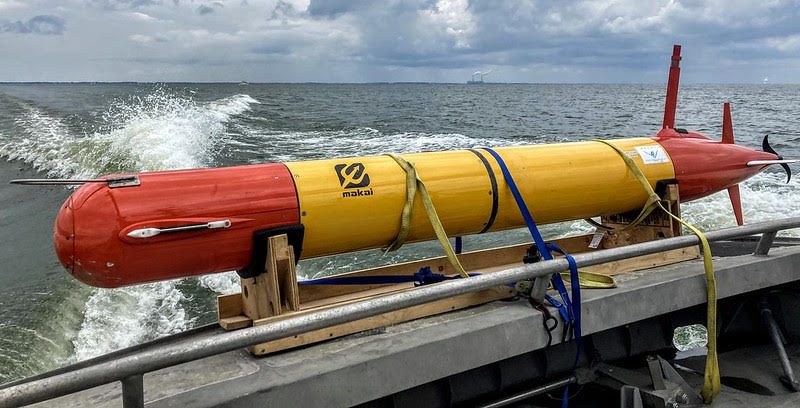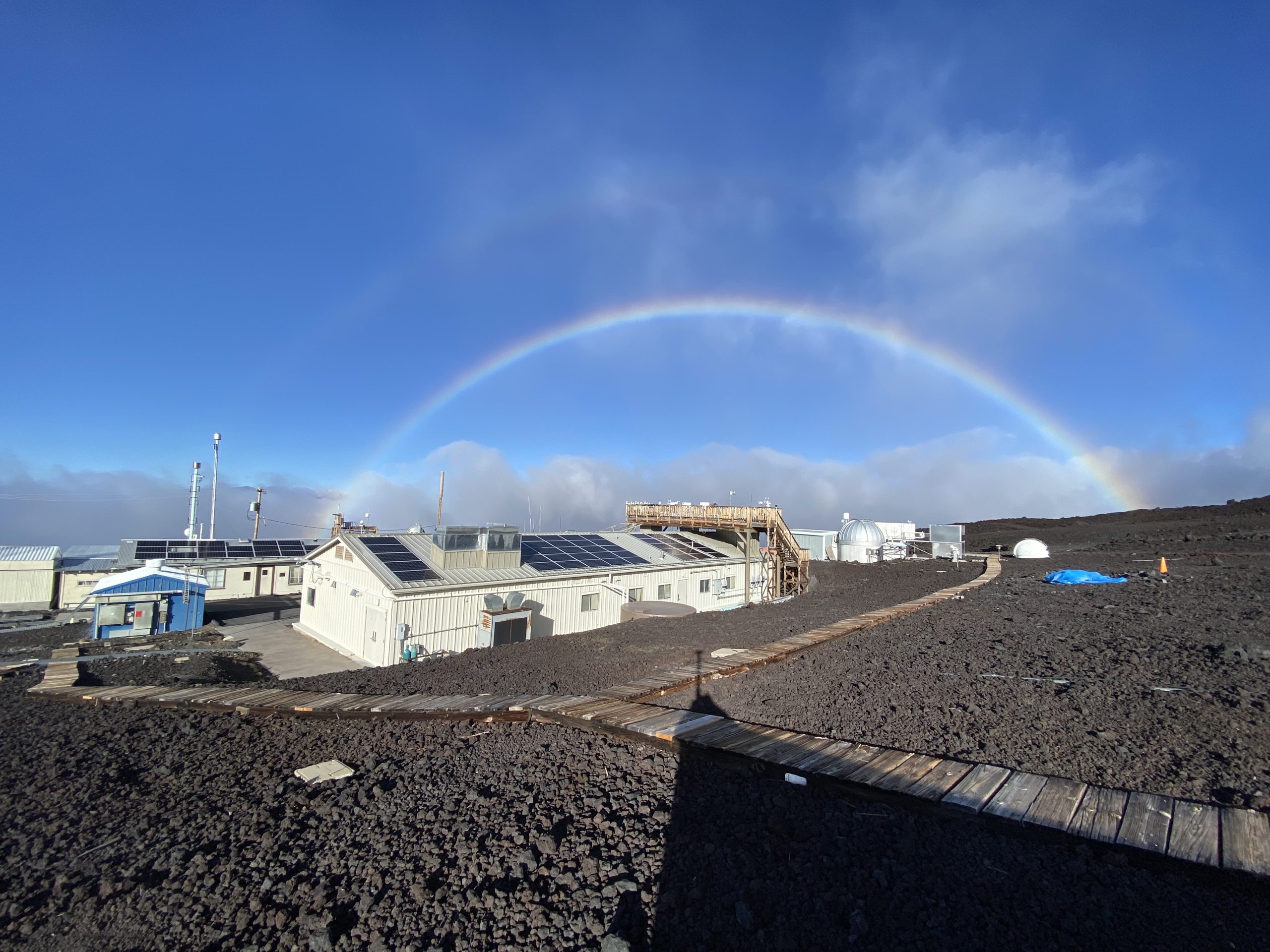The Los Angeles Basin is often thought of as a dry, smoggy, overdeveloped landscape. But a new study led by NOAA and the University of Colorado, Boulder shows that the manicured lawns, emerald golf courses and trees of America’s second-largest city have a surprisingly large influence on the city’s carbon emissions.
Working as part of the Megacities Carbon Project, scientists analyzed the carbon dioxide in around 500 air samples collected during 2015 from four sites around the basin for the presence of a rare radioactive isotope known as carbon-14. Carbon-14, or 14C, is found in living organisms, including vegetation. By contrast, fossil fuels, which are millions of years old, are totally depleted of 14C.
Megacities like LA contribute significantly to national and global CO2 emissions and are an increasingly important priority for mitigation efforts, the scientists said. The green spaces within megacities provide numerous benefits, including improving air quality, capturing runoff, moderating temperatures and offering outdoor recreation. So the ability to distinguish fossil fuel pollution from “natural” CO2 will be important for designing and evaluating urban pollution control strategies, the scientists said.
Fossil carbon vs carbon from living plants
Lead author John Miller, a carbon cycle scientist with NOAA’s Global Monitoring Laboratory, said that when researchers disentangled the carbon dioxide generated by burning fossil fuels from the “natural” CO2, they found that LA’s vegetated landscape contributed substantially to the levels of CO2 around the city.
The study was published in the Proceedings of the National Academy of Sciences.
“L.A. is a very dry place,” Miller said. “You think of LA, you think of freeways and sprawl. The natural environment outside the city is not naturally lush. In addition, 2015 was a big drought year, so it was all the more surprising that so much of the CO2 in our measurements came from living plants.”
The timing of the increased carbon dioxide emissions from the growth and decay of plants was another surprise. In a normal Mediterranean climate, winter rains are followed by a dry season. Plants respond by drawing in CO2 in early spring when rain is available, and emitting it late summer and fall as they go dormant during the dry season.
“Los Angeles has a Mediterranean climate but we saw CO2 levels drawn down in the middle of summer, in response to the watering of lawns, golf courses, trees — even though 2015 was a drought year with water restrictions,” he said. “Irrigation was compensating for the lack of rain, and keeping the urban ecosystem active.”
This seasonal fluctuation in ecosystem CO2 amounted to one third of the CO2 level resulting from combustion of fossil fuels.
A foundation for evaluating future pollution control measures
Riley Duren, a research scientist at the University of Arizona who began this research while at NASA’s Jet Propulsion Laboratory, said that this study is part of a broader program to support science-based decision making at local scales and to develop actionable carbon measurement methods that can be extended to cities globally. “It also helps lay the foundation for using 114C measurements as a reference point to improve and correct other tracers of fossil-fuel CO2 emissions.”
The team is working with colleagues from other pilot projects around the world with a goal of ultimately establishing a sustained, global carbon monitoring system for cities.
The 14C approach, which Miller and University of Colorado, Boulder scientist Scott Lehman have been developing since 2003, allows them to separately track CO2 from ecosystems and from fossil fuel use. A recent study applied this method to determine US emissions at the national scale, and here it was used to better understand the different sources contributing to the overall urban carbon emissions.
The takeaway, Miller and Lehman said, is that understanding the urban carbon footprint — how much carbon is produced in a city — is a lot more complicated than simply cataloging fossil fuel use and emissions. It highlights the need to more accurately measure and track fossil-fuel CO2 emissions, as well as the impact of urban greening campaigns to develop and evaluate emissions mitigation strategies.
“If you are the mayor of a major city and you’re interested in your city’s total carbon balance, you should be interested in how active your biosphere is as well,” Miller said. “You can’t just look at CO2 concentrations alone. You can imagine that if the biospheric signal is as large as it is for a dry city like LA, in wetter places like Mumbai and S̴ão Paulo, ecosystem-produced CO2 could be an even larger part of the carbon budget.”
Funding for this research was provided by NOAA’s Climate Program Office and NASA’s Jet Propulsion Laboratory. The L.A. Megacity Carbon Project is supported by NASA, the National Institute of Standards and the California Air Resources Board.
For more information, contact Theo Stein, NOAA Communications, at theo.stein@noaa.gov.



